-
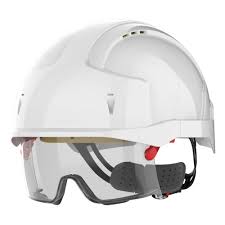
Taking Care of Hard Hats
Hard hats are a common sight on many worksites. Depending on their industrial class, they can protect against impact and penetration caused by falling objects, and against high-voltage shock and burn. But the continued strength and lifespan of the wide range of hats used on job sites—from full brim to cap hard hats and bump caps—depends on proper maintenance. This is why it’s important to train employees in the correct way to care for their PPE.Read more -
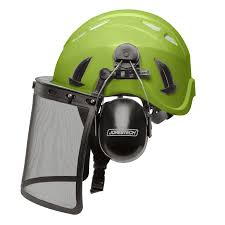
Hard Hat Safety
A hard hat can be all that stands between a construction worker and serious head injury or death. But like all personal protective equipment (PPE), proper inspection, care, and maintenance are vital to maximizing safety when it's needed most.Even the best-made hard hats will eventually wear out and incur damage from sun exposure, chemicals, or impacts that reduce their protective properties. In this blog, we explain the best and realistic practices for hard hat inspections that make sure your headgear is up to the job.Read more -
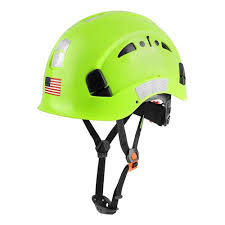
What's best for your safety helmet
All safety helmet components and accessories should be inspected daily for excess wear or damage, such as dents, cracks, penetration, and heat or chemical exposure that might reduce the degree of protection originally provided. Any safety helmet with worn, damaged, or defective parts should be removed from service and replaced. Additionally, note that any safety helmet that sustains an impact should be replaced even with no noted signs of damage.Read more -
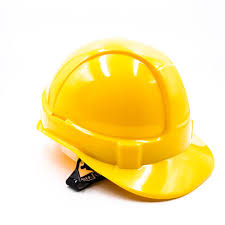
Cleaning Safety Helmets
Generally, keeping the safety helmet clean can effectively extend its service time, especially for those helmets always exposure to outdoor environments. But the inappropriate way of cleaning may damage the surface of safety helmets instead of keeping it clean.Read more -
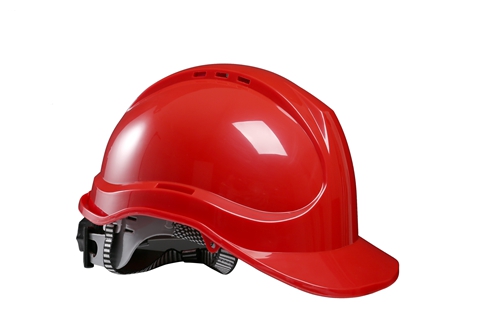
Hard Hat Selection & Maintenance
Workers in many professions must wear hard hats on the job. Construction workers, electricians, firefighters, welders and many others use this personal protective equipment (PPE) to protect their heads from falling or flying objects and from electrical hazards.Read more -
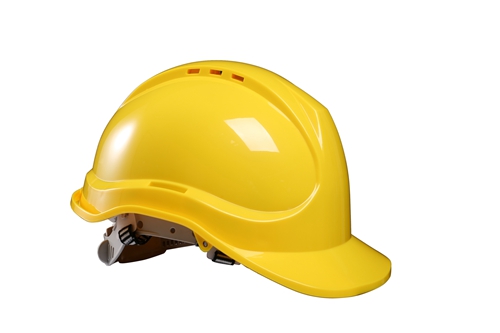
Protective helmets – requirements and selection
In many industrial working environments, for example, mining, power, construction, and forestry, the risk of head injury to workers is constantly present. The most serious risks are physical injuries, which can be as a result of the impact of a falling object or collision with fixed objects at the workplace. Due to the nature of these work activities, it is not always possible to eliminate such risks with just appropriate organisational solutions or collective protective equipment. Therefore, the only way to ensure the safety of workers is by using safety helmets. The type of helmet will depend on the specific nature of the physical risks that have been identified in the risk assessment undertaken for the activity. This article provides information for users of protective helmets as well as employers and OSH engineers. It includes information on definitions and gives the requirements for different kind of protective helmets that offer protection against physical risks.Read more -
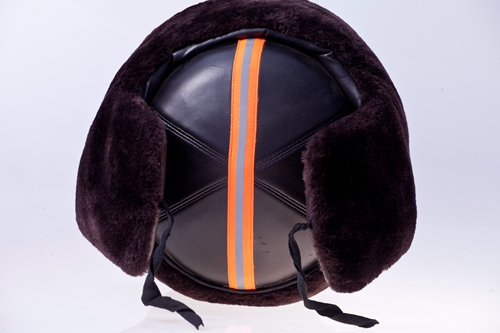
CARING FOR YOUR HELMET: OUR TOP THREE TIPS
We’ve put together our top three tips for caring for and cleaning your helmet because we know that you want to get the very best from your Helmet; not only so that it protects you, but so that you can get as much use out of it as possible.Read more -
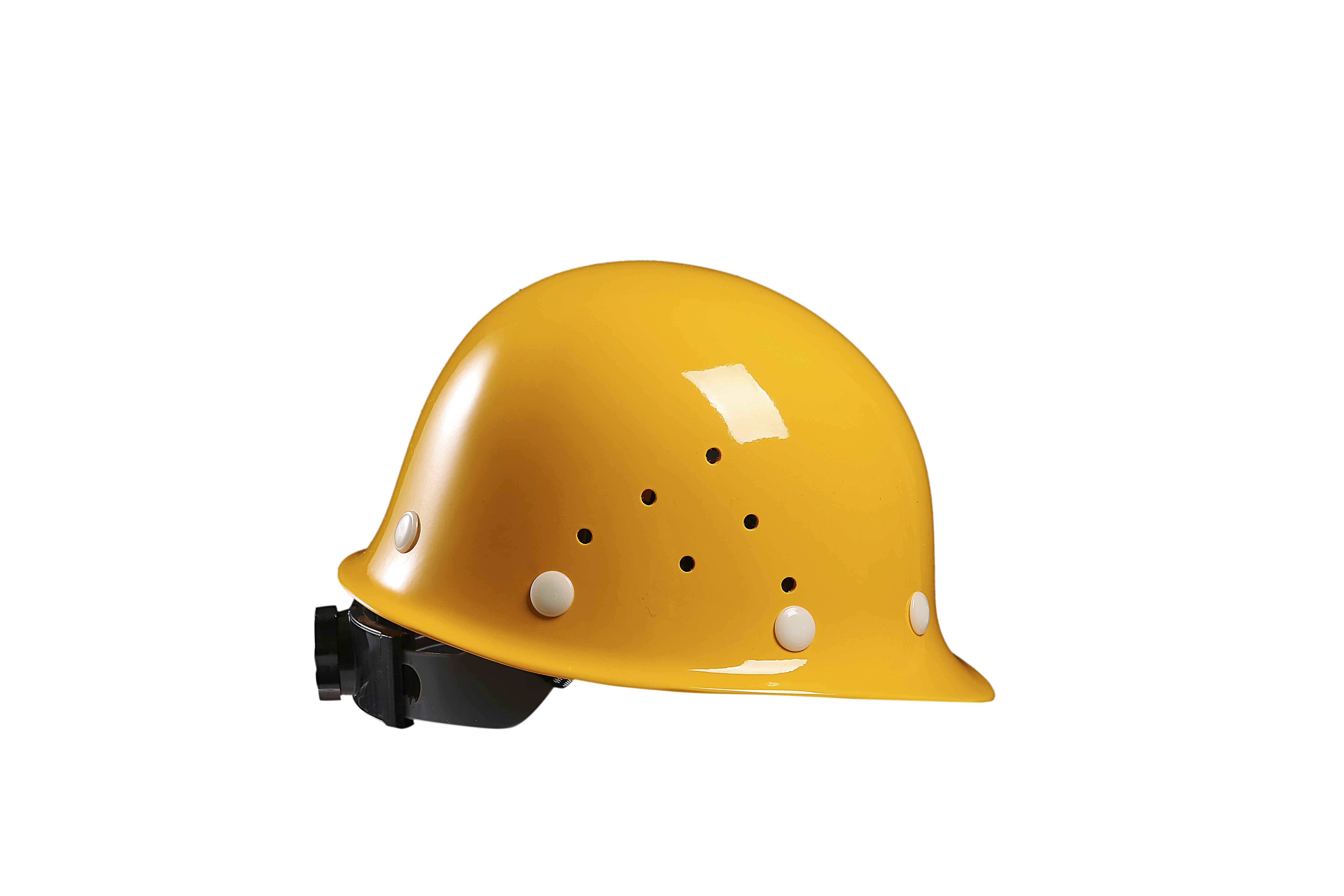
Guide on Helmet Maintenance: How to Care for and Clean Your Cycling Helmet?
You may not have thought about it yet but your helmet is one of the most important things in your life! Your helmet is responsible for protecting you from all sorts of weather conditions and, more importantly, could potentially save your life in the event of an accident. You might have bought the cycling helmets at Huacesports, but to ensure that the helmet does its job you can’t miss out regular maintenance and keep it clean and scratch free.Read more -
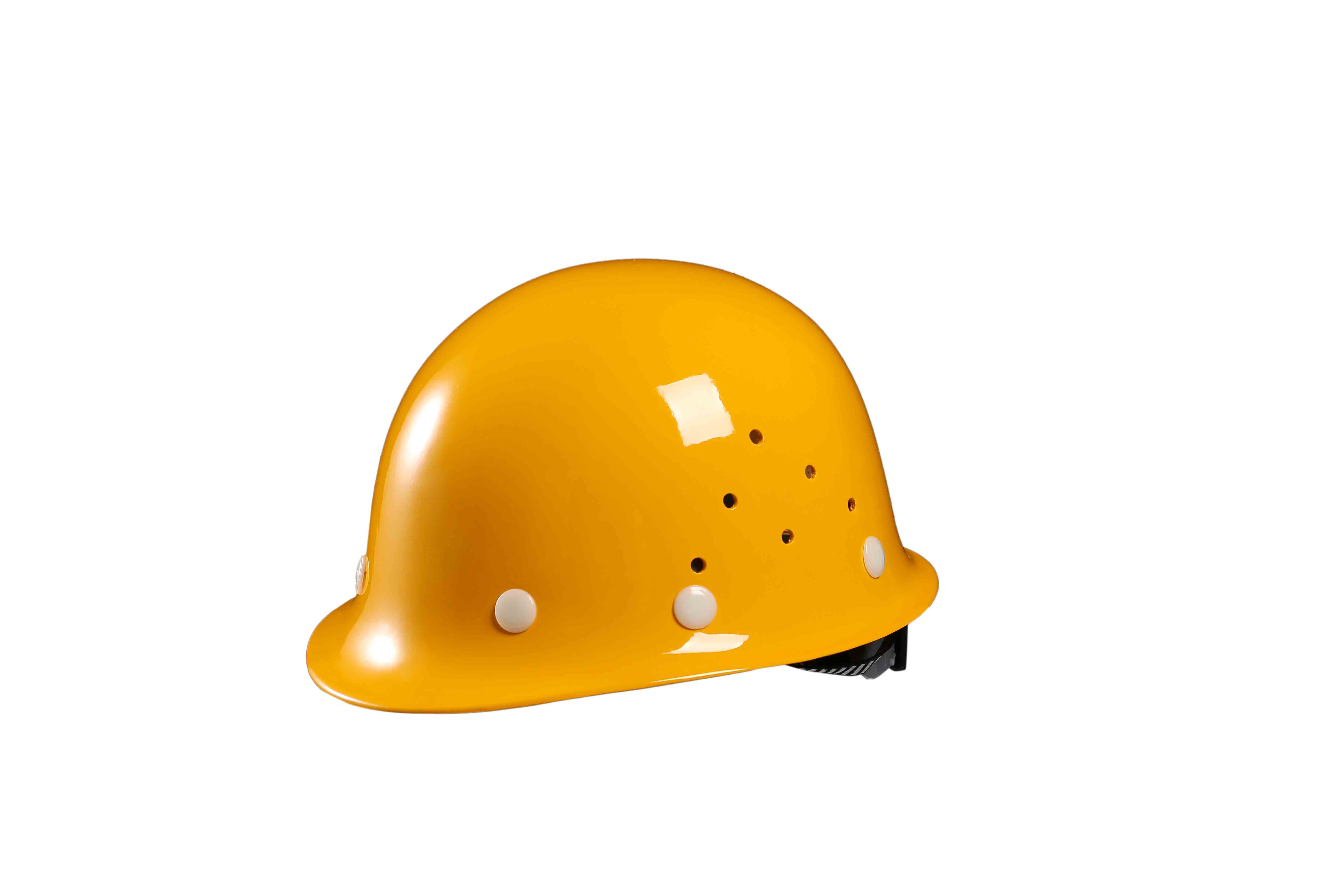
HELMET CLEANING AND MAINTENANCE TIPS!
Your head is hands down the most important part of your body and thank God for helmets that protect it during an unforeseen mishap. Helmets also protect your face from debris and bugs and insulate your head and face from wind blasts. Although helmets are made to withstand heavy strains, they aren't going to withstand mishandling and abuse. Just like any other wearable, a helmet also needs to be taken care of, since most helmet problems arise from improper maintenance or lack of it altogether.Read more
Email :
person0317@163.com
